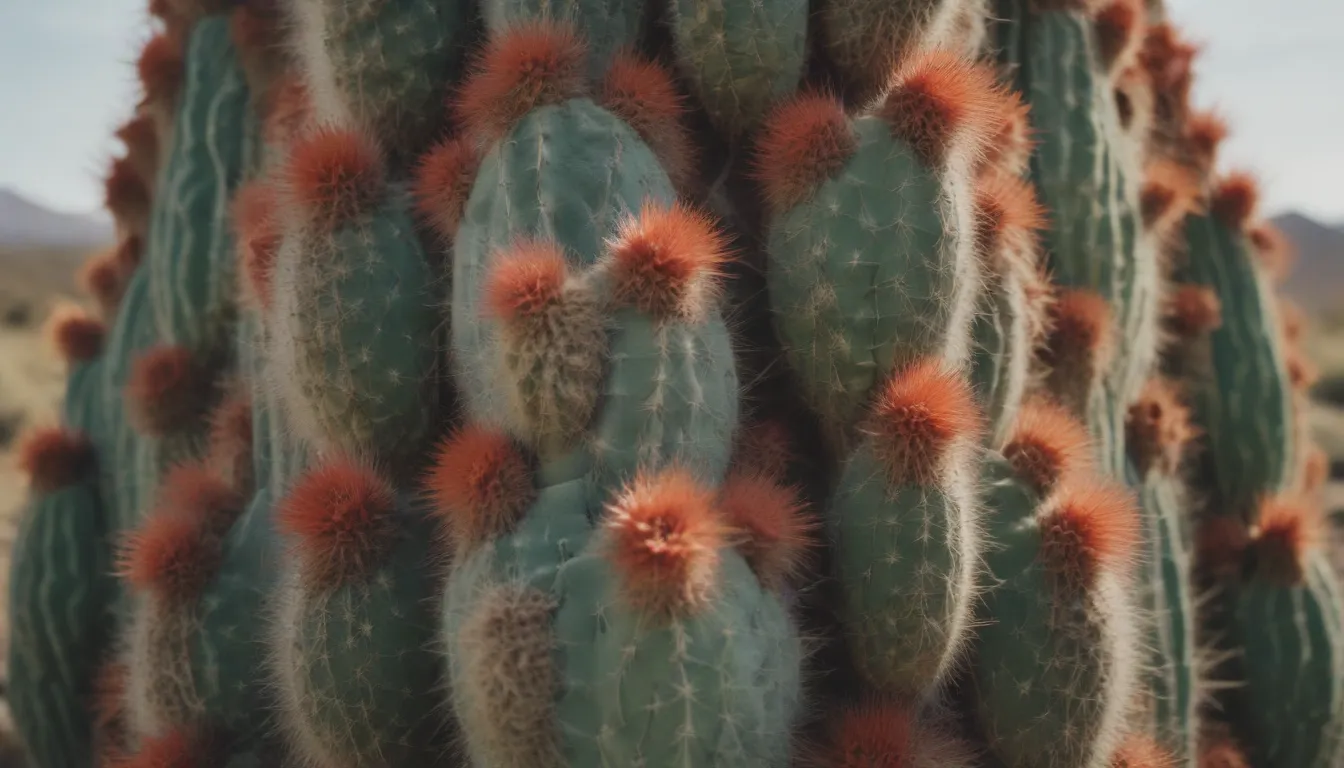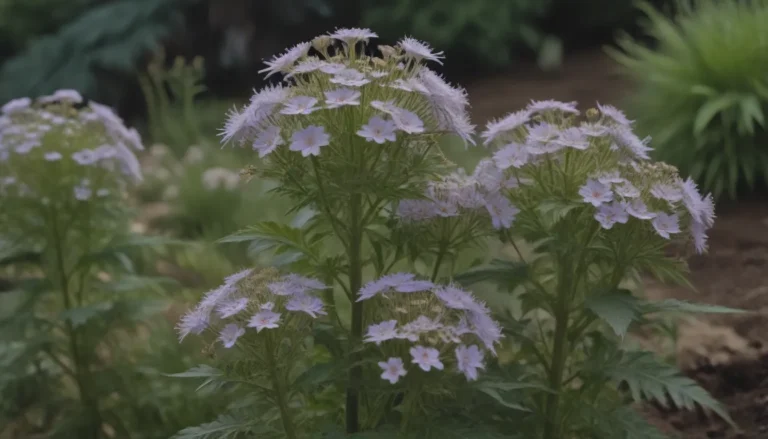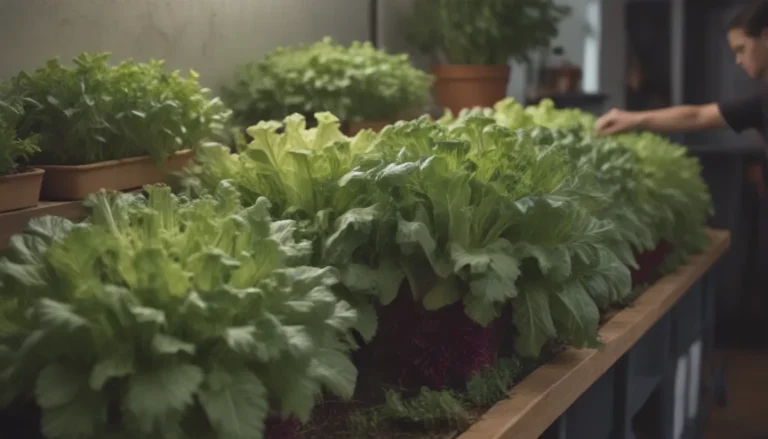The Ultimate Guide: Growing and Caring for the Totem Pole Cactus

If you’re a cactus enthusiast looking to add a unique and interesting specimen to your collection, then the totem pole cactus is definitely one to consider. This slow-growing cactus is known for its tall, columnar growth habit and distinctive bumpy, spineless skin, resembling totem poles with many faces. In this comprehensive guide, we will explore everything you need to know about growing and caring for the totem pole cactus to ensure it thrives in your home or garden.
Getting to Know the Totem Pole Cactus
Native to the hot, arid regions of central and South America, the totem pole cactus thrives in arid, warm desert climates with bright, direct light and well-draining, acidic soil. These unique cacti can withstand short bouts of temperatures as low as 25 degrees Fahrenheit, making them a great addition to your indoor or outdoor plant collection.
Some key characteristics of the totem pole cactus include:
- Tall, columnar growth habit
- Bumpy, spineless skin resembling totem poles with many faces
- Slow-growing, reaching heights of up to 3 inches per year
Totem Pole Cactus Care Tips
To ensure your totem pole cactus thrives and remains healthy, it’s important to provide the right care and conditions. Here are some essential care requirements for growing a totem pole cactus:
Light
- Ensure your totem pole cactus receives several hours of bright, direct sunlight every day to stay happy and healthy.
- Ideal locations include in front of a west- or south-facing window if grown indoors.
Soil
- Plant your totem pole cactus in a gritty, well-draining soil mix such as cactus and succulent soil.
- Create your own DIY cactus soil by combining equal parts indoor potting soil, sand, and perlite for a sandy, well-draining mixture.
Water
- Water your totem pole cactus sparingly, allowing the soil to dry out thoroughly between waterings.
- It’s better to underwater these cacti than to overwater them to prevent root rot.
- Adjust watering frequency based on the season, watering once every one to two weeks in the summer and once a month in the winter.
Temperature and Humidity
- Keep your totem pole cactus in warm, dry conditions, suitable for its native desert habitat.
- Avoid exposing the cactus to cold drafts, ensuring it remains comfortable year-round.
Fertilizer
- While not high feeders, totem pole cacti can benefit from monthly feeding with a cactus fertilizer during the active growing season.
Propagating and Repotting a Totem Pole Cactus
As a mutant of the cactus Pachycereus schottii, the totem pole cactus cannot be grown from seed and must be propagated vegetatively through stem cuttings. These cacti are slow-growing, so patience is key when propagating or repotting them.
Propagation Steps:
- Take stem cuttings from a healthy totem pole cactus.
- Allow the cuttings to dry and callous for a few days.
- Plant the cuttings in fresh soil and water sparingly until roots develop.
Repotting Tips:
- Repot your totem pole cactus every two to three years during the active growing season.
- Choose a pot only slightly larger than the current one to avoid overwatering.
Common Pests, Diseases, and Problems
While totem pole cacti are generally low-maintenance, they may still encounter common pests, diseases, and problems. Here are some issues to watch out for:
Common Pests:
- Mealybugs, scale, and aphids can infest the cactus if not monitored.
- Treat infestations promptly to prevent damage to the plant.
Plant Diseases:
- Root rot can occur if the cactus is overwatered. Ensure the soil dries out between waterings to prevent this issue.
Common Problems:
- Splitting stems due to overwatering can be resolved by adjusting the watering schedule.
- Mushy stems indicate root rot, and affected parts should be removed and propagated.
- Black spots may indicate a fungal infection or chemical damage.
- Yellowing can result from underwatering or shock, requiring adjustments to the care routine.
By following these care tips and being vigilant for any issues, you can ensure your totem pole cactus remains healthy and thrives in your home or garden. Remember, these unique cacti are slow-growers, so patience is key when caring for them.
In conclusion, the totem pole cactus is a fascinating and beautiful addition to any cactus collection. With the right care, proper conditions, and attention to detail, you can enjoy the unique beauty of this slow-growing cactus for years to come. So, go ahead and give the totem pole cactus a try – you won’t be disappointed!





